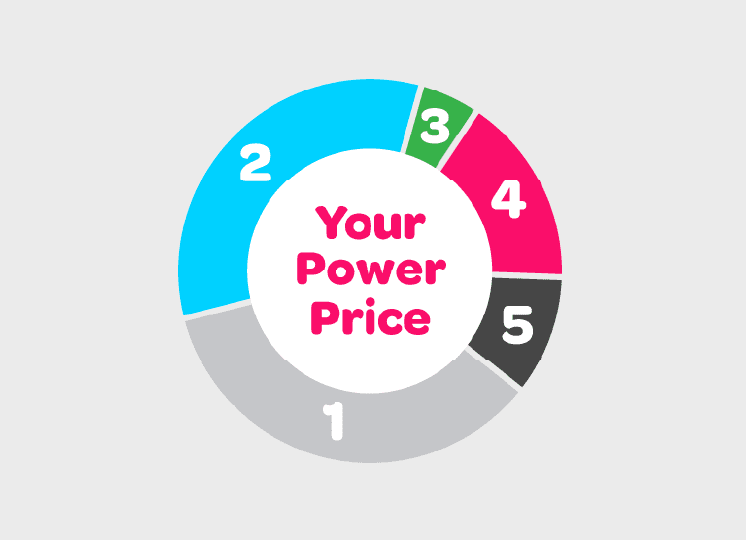Understand energy rates and prices
Understand Powershop’s electricity and gas rates, and tariff timing.
Comparing energy rates
Understanding what makes up your energy prices can help you save in the long run
Get to know our rates
Understand what makes up electricity and gas prices
Other fees and charges
Check for connection or other fees
Prices for your area
Find your rates and choose a plan to suit you
Why choose a Powershop energy plan
Powering your energy journey
Use the Powershop app to track your energy usage, to help you use less and spend less.
No lock-in contracts
Flexible and transparent energy plans with no exit fees.
Pay your way
Pay for power in advance or purchase GreenPower.

What makes up your electricity rates
1. Wholesale costs
The costs of purchasing electricity from wholesale markets.
2. Network costs
The costs of managing and maintaining the network of poles and wires to transfer electricity to your property.
3. Environmental costs
The costs of complying with important environmental initiatives, such as meeting the Renewable Energy Target (RET) and developing small scale solar schemes.
4. Retailer costs
Our costs for looking after our customers, including managing customer data and billing services, developing tools like the Powershop app and running our award-winning Customer Care team.
5. Goods and services tax (GST)
Always included in the price
Our Compare Energy Plans page can help to see what plans are available at your address, and to check for a comparison of electricity rates available with Powershop.

Peak and off peak electricity usage rates explained
Your electricity or gas bill is made up of fixed and variable charges:
The fixed charge (daily supply charge) will stay the same, regardless of how much energy you use.
Variable charges reflect the amount of gas or electricity you consume. The rate you’re charged depends on your tariff set-up.
What is a tariff?
Your tariff refers to the variable rate you’re charged for the electricity you use. It could for example mean you’re charged different rates depending on the time of day or day of the week.
Your tariff will depend on the way your meter is set up, what state you live in and your network distributor.
Single rate tariff
With a single rate, usage charges will be applied at the same flat rate for all electricity used.
Time of Use tariff
A Time Of Use tariff means we charge different prices for electricity at two different times of the day: peak times and off peak times.
You could also be charged different rates for different seasons.
Peak times reflect when demand on the grid is highest, usually weekday afternoons and evenings, however these time periods may vary depending on where you live. You may be eligible to be on a Time of Use tariff, but this will depend on the type of meter you have, and the area you live in.
Being able to access lower electricity rates during off peak times can help you decrease your energy bills if you take advantage of these periods.
Controlled Load (Two-rate tariff)
If you have one or more large appliances (such as hot water storage systems or pool pumps) you can nominate to have these metered separately at a lower rate to the rest of the property, with set times you’re supplied electricity for these.
Feed-in tariff
If you have solar, this is a credit paid for each kWh of electricity produced from your solar panels which is exported back into the grid.

Gas rates
Gas rates are usually broken into two parts:
A daily supply charge
Usage charges for the gas you use.
Similar to electricity rates, some gas tariffs have variable usage rates depending on when you use gas. We have more detail explaining what natural gas is, and what contributes to the price of gas.
Seasonal and non-seasonal gas rates
A seasonal rate changes depending on the time of year, for example rates might be different during peak season (winter). With a non-seasonal rate tariff, the rate stays the same, no matter what time of year you use gas.
Why choose gas with us
Like with electricity we can’t control the gas that is supplied to your property because it all comes from the gas network.

Fees and charges
Powershop doesn’t have any hidden costs, or charge exit fees to our customers.
However there may be some circumstances where a fee is required. For
example reconnection, disconnection, after-hours connections, or where
additional works are required to connect or disconnect your power.